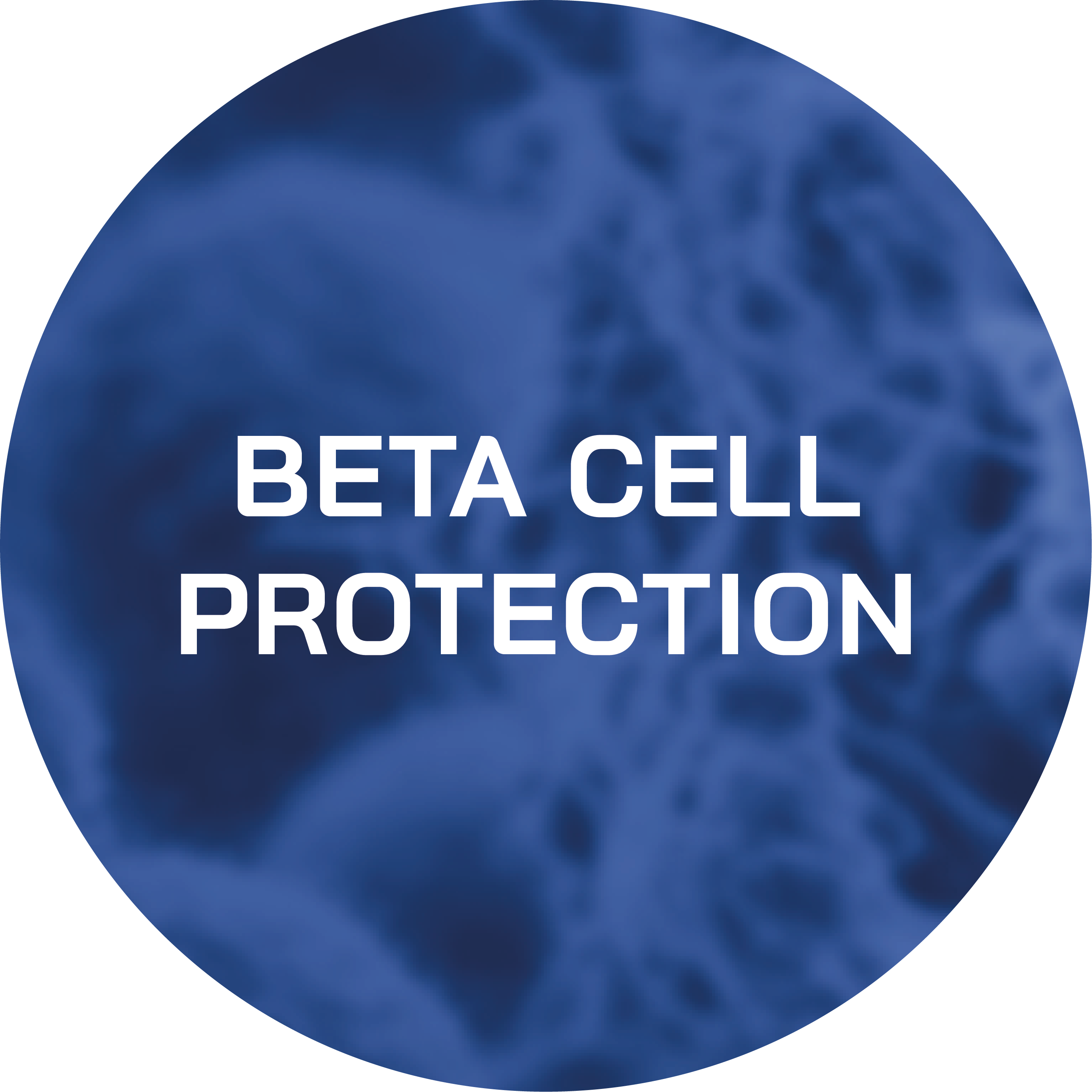
Glucolipotoxicity-Mediated
Type 2 Diabetes
KEY ADVANTAGES
Two Complementary Assays – Tailored to fit your specific objectives

HIGH GLUCOSE & PALMITATE SENSITIVE

ER STRESS

INFLAMMATORY CYTOKINE SECRETION

APOPTOSIS

CYTOTOXICITY
- EndoC–βH5®-based assays: The choice of the physiological relevance with native like model recapitulating all different stage of disease progression from function loss to apoptosis.
- GLTx EndoC–βH5®-based assays: The choice of a very sensitive & rapid model to efficient ranking your molecules.
APPLICATIONS



2 models of glucolipotoxicity
The EndoC–βH5® are a relevant physiological model and the GLTx EndoC–βH5® a hypersensitive model of glucolipotoxicity
High glucose- and free fatty acid–responsive models
Physiological readouts (insulin secretion & content)
ER stress induction
Inflammatory cytokine secretion
Apoptosis
Cytotoxicity
ASSAY CONCEPT

RESULTS
EndoC–βH5® & GLTx EndoC–βH5®-based assays
Hypersensitivity of the GLTx model on beta cell loss induced by 10 days of glucolipotoxicity
20% of beta cell loss on EndoC-βH5® after 10 days of glucolipotoxicity
80% of beta cell loss on GLTx EndoC-βH5® after 10 days of glucolipotoxicity
HAVE A PROJECT IN MIND?
Human Cell Design team of experts can offer you tailored assays on GLTx EndoC-βH5® derived cell models.

